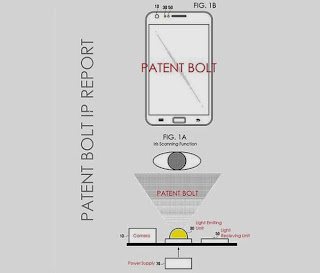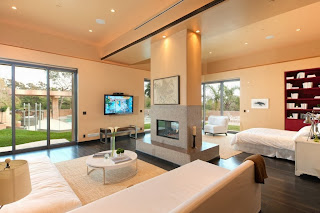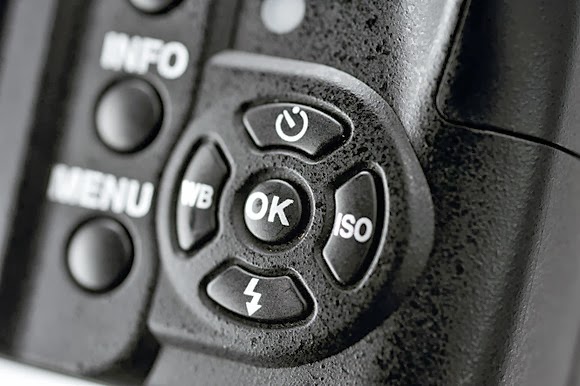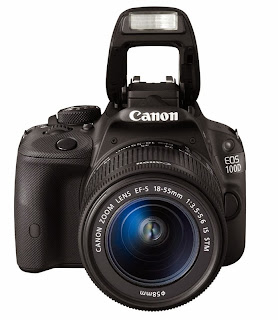A history of hacking:
Hacking has been around for more than a century during the
late Fifties and Sixties. In the 1870s, several teenagers were flung off the
country's brand new phone system by enraged authorities. Here's a peek at how
busy hackers have been in the past 35 years.
The hackers used the computers to innovate and explore,
whereas the others used them to speed-up traditional number crunching. The
hackers believed that computers could create new paradigms, and wanted to
expand the tasks computers could accomplish.
1. Access to
computers - and anything which might teach you something about the way the
world works - should be unlimited and total. Always yield to the Hands-On
imperative!
2. All information should be free.
3. Mistrust authority - promote decentralization.
4. Hackers should be judged by their hacking, not bogus criteria such as degrees, age, race, or position.
5. You can create art and beauty on a computer.
6. Computers can change your life for the better.
2. All information should be free.
3. Mistrust authority - promote decentralization.
4. Hackers should be judged by their hacking, not bogus criteria such as degrees, age, race, or position.
5. You can create art and beauty on a computer.
6. Computers can change your life for the better.
There are the Black Hat hackers behind internet mayhem,
thievery, and chaos, there are also White Hat hackers who use their computer
savvy for good. There’s also a different kind of hacker entirely: the tinkerer.
They all played parts, big and small, in creating the computer world as it
exists today. Here are 10 of the greatest:
Konrad Zuse
He was the first computer hacker. He may not have been a
hacker in the modern sense of the word, but none of it would have been possible
without him. Zuse made the world’s first fully programmable (Turing-complete as
they say) computer, known as the Z3.
John draper
John Draper was hacking computers long before computers were
even common place. Draper’s hacking heyday was back in the early 1970s, when
the largest computer network to which the general public had any access was the
telephone system. Draper created tool known as the Blue Box, a device that
could produce many other tones used by the phone companies.
Steve Wozniak
After Draper shared the details of his Blue Box design
during a Homebrew Computer Club meeting, Wozniak built a version of his own.
Steve Jobs and Wozniak work together to create the Apple I. Their company
became the industry leader it is today.
Robert Tappan Morris
Robert Morris a graduate student from Cornell University. He
created the worm as an attempt to gauge the size of the internet at the time. The
worm was intended to be unobtrusive, but due to a flaw in its replication
algorithm, it copied itself excessively, causing heaving system loads and
ultimately leading back to Morris. In 1989, Morris became the first person
indicted and later convicted under the Computer Fraud and Abuse Act of 1986.
Mark Abene
Here’s a name you may not be familiar with: Mark Abene. He
never hacked into the D.O.D. nor did he steal millions of dollars in some
Swordfish-style bank heist. What he did do was piss off AT&T. As a member
of the hacker group Masters of Destruction, Abene was often poking around on
AT&T’s systems. When AT&T’s telephone system crashed, leaving 60,000
customers without phone service for over nine hours, they quickly blamed Abene.
The Secret Service paid him a rather aggressive visit, confiscating his
equipment, and while AT&T eventually admitted that the crash was a mistake
on its part, Abene was charged with computer tampering and computer trespassing
in the first degree. Later, he would face more charges and ultimately serve a
year in federal prison, making him the first hacker to do so.
Kevin Poulsen
Poulsen holds claim to one of the more amusing hacks of all
time. Poulsen was arrested and eventually pleaded guilty to various counts of
computer fraud, money laundering, and obstruction of justice. Interestingly,
since his incarceration, Poulsen made a complete 180, helping in cyber crime
cases, and even capturing sexual predators on MySpace.
Kevin Mitnick
Kevin Mitnick is perhaps the most famous hacker in computer
history, likely due to his being the first hacker to make the FBI’s Most Wanted
list. As a master of social engineering, Mitnick didn’t just hack computers; he
hacked the human mind. In 1979, at the age of 16, he hacked his way into his
first computer system and copied proprietary software. After a two and a half
year pursuit, Mitnick was finally arrested and served five years in prison. He
now runs his own computer security consultancy, Mitnick Security Consulting.
Tsutomu Shimomura
Tsutomu Shimomura is a White-Hat hacker credited with
capturing Kevin Mitnick. In 1994, Mitnick stole some of Shimomura’s personal
files and distributed them online. Motivated by revenge, Shimomura came up with
a trace-dialling technique to back-hack his way in to locating Mitnick. With
Shimomura’s information, the FBI was able to pinpoint and arrest Mitnick.
Richard Stallman
In his early years, Stallman was a graduate student and
programmer at MIT’s Artificial Intelligence Labs where he would constantly
engage with MIT’s rich hacking culture.In 1980′s, Stallman didn’t like the
proprietary stance many manufacturers were taking on their software. This
eventually led Stallman to create the GNU General Public licence and GNU
operating system, a completely free Unix-like OS that is completely
Unix-compatible.
Linus Torvalds
Linus Torvalds is another White-Hat hacker. His hacking days
began with an old Commodore VIC-20 and eventually a Sinclair QL. He programmed
his own Text Editor and even a Pac-Man clone he dubbed Cool Man. In 1991, he
got an Intel 80386 powered PC and began creating Linux, first under its own
limited licence but eventually merged it into the GNU Project under the GNU
GPL.








